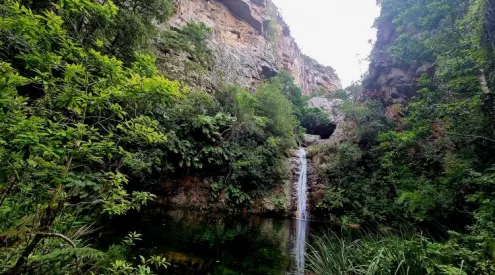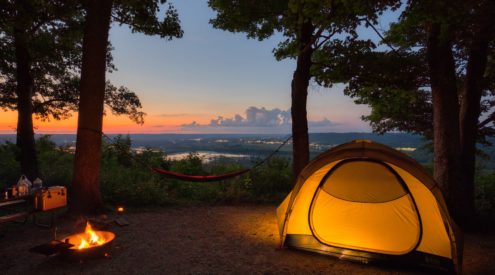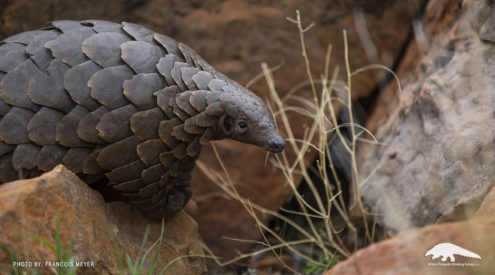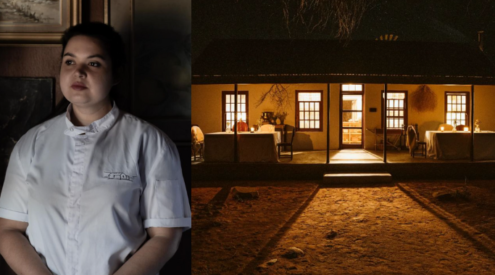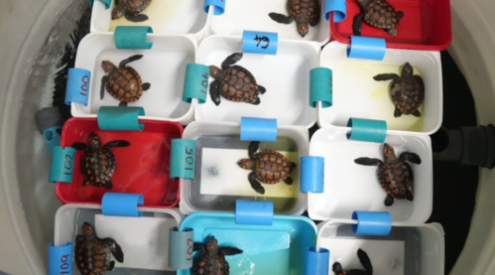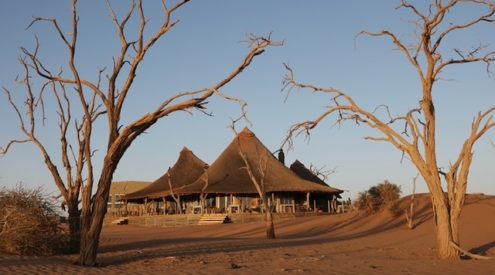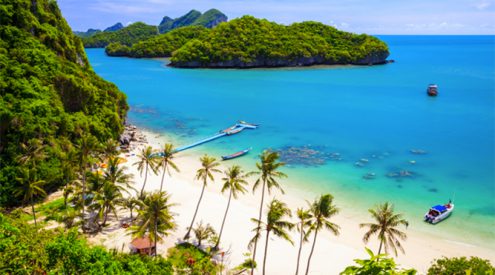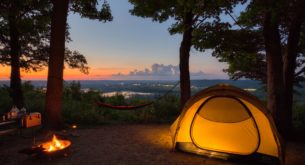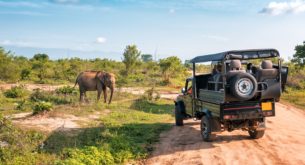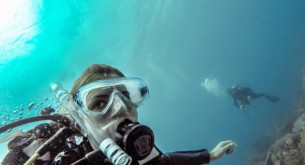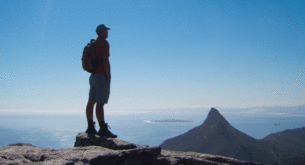I’ve often wondered why people are drawn to Antarctica. It’s one of the harshest environments on the planet, yet for many it remains a bucket-list destination. Perhaps it’s the ultimate representation of the reason we travel – to step out of our comfort zones and explore and experience new things, all in the hope of returning to our daily existence with a fresh perspective on life. There aren’t many destinations that rival Antarctica when it comes to learning to appreciate our creature comforts.
Firstly, you’ll have to fly to Buenos Aires in South America and on to Ushuaia, Chile (unless you have €25 000 – about R260 000 – lying around for a three-day fly-in safari from Cape Town). From there it’s an 800-kilometre endurance test, with transport ships often facing fierce winds and raging seas across the Drake Passage to get to the Antarctic Peninsula.
While this journey isn’t cheap, it’s a little more comfortable than it was for the early explorers in the 1900s. Nowadays all vessels are purpose-built to cut through ice and are staffed by qualified expedition leaders, experienced naturalists and lecturers, and the quality of winter apparel has come quite a way too.
The reward for travellers willing to brave these elements is one of the most pristine wilderness areas on Earth. Iceberg peaks towering up to 100 metres rise out of the sea in all shapes and sizes in a quiet landscape, where the silence is broken only by the sounds of ice cracking and creaking.
Various fascinating species abound here, all of which have miraculously adapted to live in these extreme conditions. Thousands of adelie, chinstrap, gentoo and rockhopper penguin colonies live in breeding pairs; albatrosses with three-metre wingspans glide through the skies in search of their next meal; elephant, weddell, crabeater, leopard and fur seals emerge from their icy aquatic playgrounds and lump onto the ice; and humpback, minke and orca whales rove the seas.
All this wildlife and yet there’s no real human population. Antarctica is almost twice the size of Australia, but no country owns this frozen continent and the only permanent human inhabitants live temporarily in isolated scientific research stations. There are, however, 30 000-odd tourists a year to Antarctica’s priceless wilderness.
When to go to Antarctica
- November: Courting season begins for penguins and seabirds and spring wildflowers bloom in the Falklands and South Georgia.
- January: Longer days create great light conditions and fabulous midnight photo opportunities.
- February to March: Whale sightings are at their best and more fur seals can be found in the Antarctic Peninsula.
How to book your trip to Antarctica
To book your trip, contact White Desert Antarctica (www.white-desert.com) or Travel Light (www.travellight.co.za).
Photo by Don Pinnock


